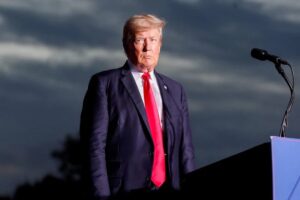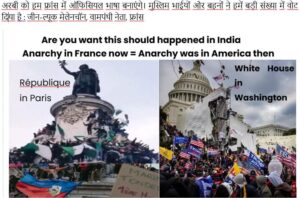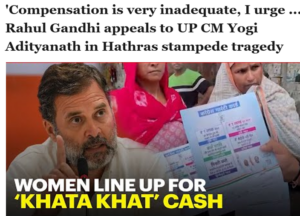Knowledge of the past is necessary for the betterment of the present. Palm leaf manuscripts that preserve...
Articles
Uthiramerur, 30 km from Kanchipuram is 1250 years old. The village named Uthiramerur, 30 km from the...
One of the best poems of Bharat Ratna Atal Bihari Vajpayee ji, “Bharat Zameen Ka Tukda Nahi”...
Friedrich Max Müller (German: 6 December 1823 – 28 October 1900) was a German-born linguist and Orientalist...
India is a sovereign nation, unlike the US and the erstwhile USSR. It is a misconception of...
Roar of Dushyant’s Bharat Hastinapur When we talk about it, we are often reminded of Lord Krishna’s...
Content Why Is Investing In Cryptocurrencies So Risky? Is The Network Effect Impacting Your Efficiency As An...
December 14, 2022: Mr. aurobindo Of Respect In Memorial coin And post Ticket Ongoing On the occasion...
On Saturday, December 10, 2022, the BJP government in Karnataka announced that it has decided to rename...
The attorney general is seeking to permanently bar them from serving as an officer or director of...





